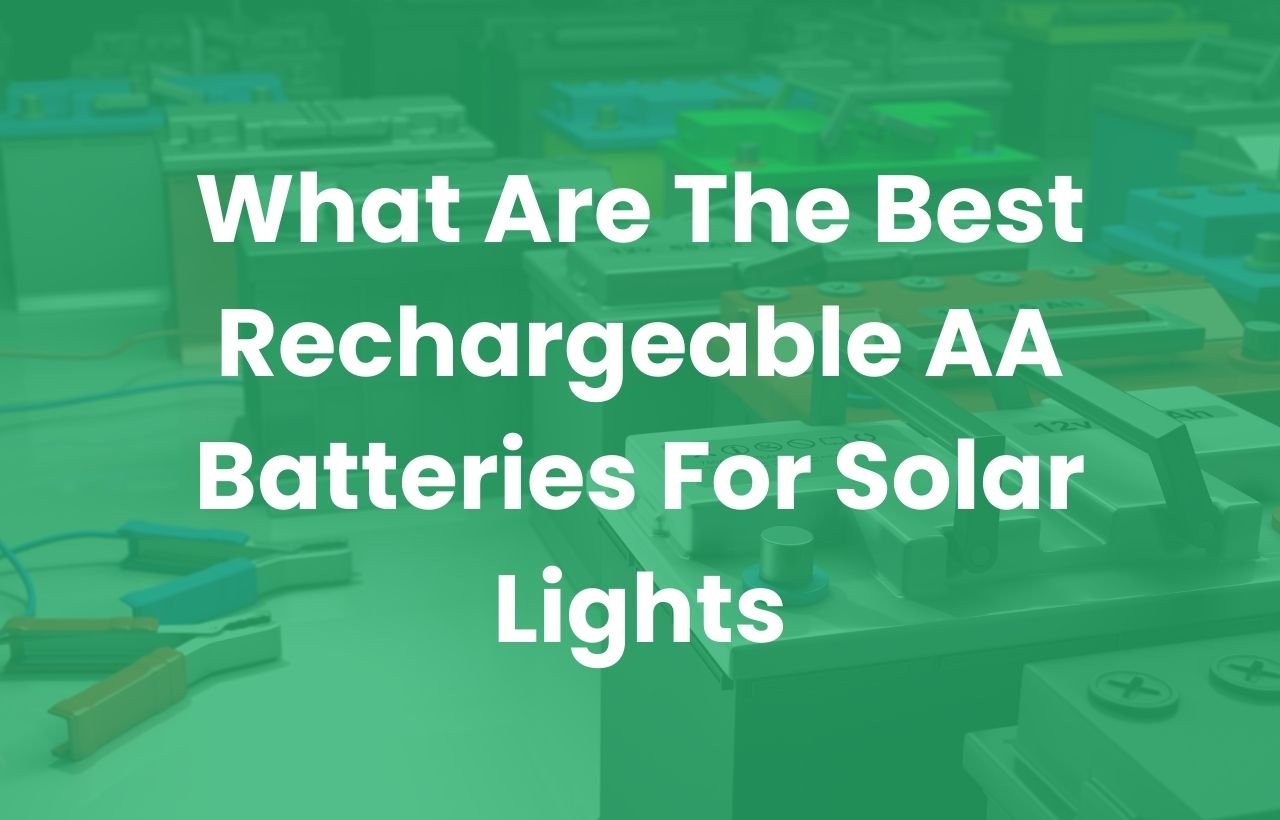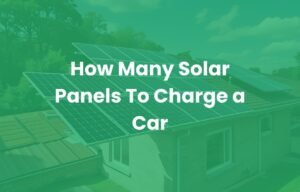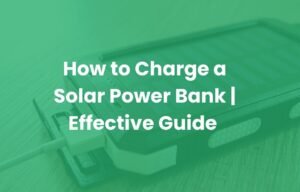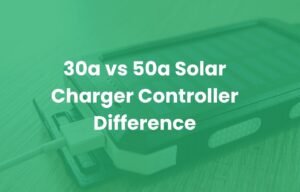You purchased solar lights to provide ambient light without any problems. Before you return them or give up entirely, be aware that the generic batteries that come with them tend to be the weak point, causing problems.
One simple question must be addressed to unlock endless brightness: What are the best rechargeable AA batteries for solar lights?
It’s not as easy as picking any pack from the shelf. Regular batteries simply cannot meet the highly specific requirements of solar lights.
In this article, we will give you a definitive answer to this important question: What are the best rechargeable AA batteries for solar lights? We’ll cut through the technical terminology to explain why a battery is ideal for this purpose, identify the best manufacturers based on actual usage, and offer expert advice on how to improve the performance of your light throughout the night.
Table of Contents
ToggleWhy Your Standard Batteries Are Failing You
The work of solar lighting is difficult. They have to face hot days and cold nights. They only get power when the sun is out, which isn’t consistent. After that, they are expected to glow for several hours.
Older rechargeable batteries or regular store-bought batteries just won’t survive this hard process. Because they aren’t designed for that, they will break down fast and leave you in the dark.
- Alkalines destroy the electronics in your lights permanently and are not rechargeable.
- Due to the “memory effect,” which decreases the maximum capacity of Ni-Cd batteries, the charging cycle of a solar light cannot ensure that the batteries are completely drained before recharging.
The only suitable choice is NiMH (Nickel-Metal Hydride) rechargeable batteries. Not all the NiMH batteries are equally suited for solar power.
The Non-Negotiable Feature: Low Self-Discharge (LSD)
When selecting the best rechargeable AA batteries for solar lights, this is the most important thing to know.
What is this: A battery experiences self-discharge, which is the loss of charge that occurs when it is left on a shelf unutilized. Each month, a normal NiMH battery may lose up to 30% of its charge.
Why it matters for solar lights: Consider a week with a lot of clouds or the brief winter days. There is hardly any sunlight for your solar light to charge.
A typical rechargeable battery would simply sit there and gradually lose power. The area would be empty by midnight.
A Low Self-Discharge (LSD) battery, however, is not like that. The Low Self-Discharge (LSD) NiMH batteries can retain up to 85% of their charge for a full year.
It is comparable to an energy-efficient battery. Even while not in use, it can retain the majority of its charge for a very long period.
This means that your light will still be able to light up your night on overcast days since it will have a stored “emergency fund” of power to draw from.
Pro Tip: Always look for labels “long shelf life,” “ready-to-use,” or “pre-charged” while making a purchase.
What are the best rechargeable AA batteries for solar lights?
The strength, reliability, heat and cold resistance, and overall affordability of the brands on this list make them the ideal options every time.
Panasonic Eneloop Pro
Consider Eneloop Pro to be a premium option. Your lights will remain on longer each night because of their large energy storage capacity (2550mAh).
They are well-known for their durability, pre-charged capabilities, and hundreds of recharges. They also lose a lot of power gradually while stored.
Everyone who uses solar lighting will find that their outstanding efficiency and reliability make the initial higher cost worthwhile.
Amazon Basics High-Capacity Rechargeable Batteries
These are usually more cost-effective versions of Eneloops (or very comparable technology) under a different name. Their low self-discharge and 2400mAh capacity make them quite affordable.
They are an excellent option if you want to power a lot of solar lights without going over budget. You want to know that if you have a lot of lights, you can quickly and economically get matching batteries in the future.
EBL Lithium-Ion 1.5V AA Batteries
This is a more recent, advanced choice. These Li-ion batteries maintain a steady 1.5V until they are nearly empty (like an alkaline), compared to traditional NiMH batteries that start at 1.2V and gradually decrease.
Sometimes this can lead to a brighter output of light. Also, they perform better in cold climates than NiMH, losing less capacity in below-freezing temps. They need a particular type of Li-ion charger.
IKEA LADDA
Many experts believe these are made in the same Japanese factory as Eneloops, a well-kept secret in the battery industry.
For less than half the price, they provide performance that is almost similar to that of the normal Eneloop (1900mAh or 2450mAh variants).
These are the best batteries available if you live close to an IKEA. They’re a hidden treasure just waiting to power your garden with consistency.
Capacity (mAh) Explained: Bigger Isn’t Always Better
Considering the mAh rating as a petrol tank, the longer the battery can run, the higher the number. In general, a 2500mAh battery will last longer than a 2000mAh one for your lights.
However, batteries with really high capacities (like 2800mAh+) may occasionally be a disadvantage of solar lighting.
A small solar panel that isn’t exposed to direct sunshine all day may never be able to fully charge an exceptionally high-capacity battery.
A daily full-capacity battery (2000–2400mAh) that is properly charged can beat a partially charged ultra-capacity battery.
Recommendation: A capacity of 2000–2450 mAh is optimal for the most popular solar lights.
Tips to Extend the Life of Your Batteries and Lights
Use identical batteries: Make sure that the brand and kind of batteries you use in a light were purchased at the same time. They may perform poorly when old and new or different brands are combined.
Regular Cleaning: It is difficult for a dirty solar panel to absorb sunlight. Regularly cleaning a few times a year with a moist cloth to maintain optimal performance.
Winter Protection: It’s a good idea to bring your solar lights and batteries inside during cold winters that include snow and ice. They can be permanently harmed by extreme cold.
Replace all the batteries in a light at once: When a light begins to dim, change all the batteries in that lamp at once. This maintains your light glowing brightly and helps all the batteries operate equally.
Conclusion
You can make your evenings stay perfectly lit and consistently bright now that you know which batteries to use. Choosing high-quality batteries from reliable brands helps protect the atmosphere in addition to powering lights.
You’re making sure that the gentle, warm glow you imagined when you first put your lights in will follow every sunset.
Today, make the change. Then, tonight, pause and consider how a simple decision can make a routine evening into something genuinely remarkable. Now is the time for your nights to become brighter and more reliable.





